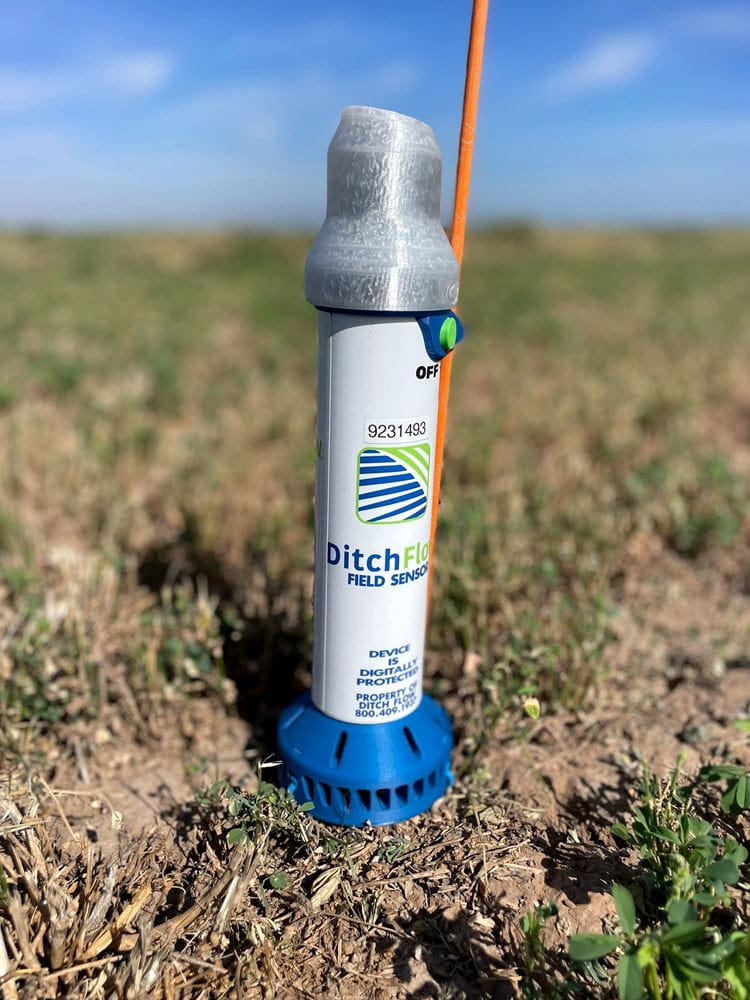Building automation
Industrial grade low power wireless connectivity for building automation and sensor networks

A land irrigation monitoring solution recently launched by DitchFlow allows irrigators to reduce labor without sacrificing on the quality of irrigation, according to the company. The ‘Land Irrigation Sensor’ is designed for farmers that flood irrigate their fields within borders.
By placing the sensor in the irrigated land, users can remotely receive email/text notifications when the water reaches a specific point. Irrigators can then decide when to make water changes (by moving water from one area to the next). The irrigation sensor can notify up to six different people every time it is triggered.
The device employs the computational power of the Nordic nRF9160 SiP’s 64 MHz Arm® Cortex®-M33 application processor to oversee the sensor. The SiP’s multimode LTE-M/NB-IoT modem with integrated RF Front End (RFFE) enables the data to be securely transmitted to the Cloud over a cellular IoT network.

“Generally during an irrigation the irrigator will spend a lot of time walking out and checking how far the water has gone, and whether it has reached the point in which they would need to move the water to another part of the field,” explains Ryan Mamer, Owner, DitchFlow.
“This sometimes creates extra trips to and/or around the field. Thanks to the Land Irrigation Sensor, once the irrigator is notified, they can simply go to the ditch where the water is delivered and change the ‘set’ – taking away the human error associated with not knowing when the water will reach that specific point. In this sense the solution helps support sustainability goals by conserving fuel and saving time.”
DitchFlow initially attempted to use radios in the field with a base station that had cellular capabilities, but soon discovered once the crop reached a certain height and line of sight was lost, the signal was lost as well.
“We realized cellular IoT was our best solution to ensure reliable connectivity,” says Mamer. “The level of integration and low power consumption were key elements in our decision to then employ the Nordic nRF9160 SiP in our Land Irrigation Sensor.”
Industrial grade low power wireless connectivity for building automation and sensor networks